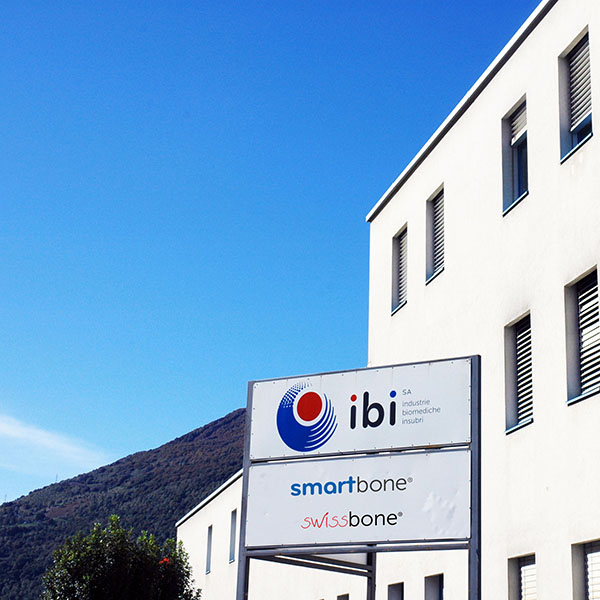CLOSE


I am a biomedical engineer working with the IBI R&D team. I am originally from Norway, but I received my university education in the UK. I was first introduced to bone grafts during my bachelor at the University of Manchester while working with the biomanufacturing group there. This led me to spend two years carrying out research on additive manufacturing of bone grafts at Imperial College London, where I worked with the Stevens Group (Biomedical Materials & Regenerative Medicine) and the Biomechanics Group. Realizing that I was more intrigued by the industrial side than academia, I recently relocated here to do an industrial PhD with IBI SA. Although there was a lot of uncertainty due to the current pandemic, I have been very warmly welcomed by IBI and I am super happy to be part of the team once again!
I was first introduced to IBI and SmartBone® back in 2018, when I did a joint internship between IBI and Norwegian Corticalis. My mentor, Håvard Haugen, is the CRO of Corticalis and brought me on to help with the EU sponsored SmartBonePep® project. SmartBonePep® builds on SmartBone®, but with the osteoinductive peptide NuPep integrated in the coating. This will be the next generation of the SmartBone® and will allow us to address unmet needs in the patient population with larger bone defects, as well as the paediatric population.
Through working on this project, I gained first-hand experience of what an excellent graft SmartBone® is. All the graft components are carefully chosen to meet the clinical performance requirement of bone grafts. This has yielded tremendous clinical success, which is reflected in the strongly increasing market adoption of SmartBone® in the dental and orthopaedic domains.
I am currently split between different projects, among them the most important are:
Firstly, I am working on the above-mentioned SmartBonePep® project along with the quality management team. Here we work on establishing adequate documentation for the notifying body to demonstrate the graft properties and conformance with the new European Medical Device Regulation. This is essential in reassuring patient safety and is a requirement for introducing the graft to the market. We are very excited about the SmartBonePep®, but the graft will not help anyone until it is clinically available. Hence, the proper scientific characterization and documentation of the graft is key for its clinical translation.
Lastly, I am also in the early stages of developing a new product family based on hydrogel technology. This project is motivated by the increasing market demand for devices delivered through minimally invasive procedures. Furthermore, we see that biocompatibility is crucial for clinical success. We believe hydrogel meets these performance criteria and are currently in the process of screening a series of material candidates. We have outstanding knowledge on biomaterials, and we have increasing knowledge of the market demands through the surgeons and distribution partners we are working with. In this way, we can tune our innovation strategy to address major treatment needs related to musculoskeletal defects.
In my opinion SmartBone® has the properties we look for in an ideal bone graft, thus when carrying out research at Imperial I always benchmarked my development against SmartBone® to have a good prediction of the clinical potential.
By being based on a bovine-derived matrix, it inherently has high porosity, interconnectivity and biocompatibility, allowing cells to migrate and prolife in the graft. The polymer coating allows for outstanding mechanical properties without interfering with the morphology of the graft. Moreover, the collagen fragments in the coating gives rise to hydrophilic properties and improves cell attachment, which increases the rate of tissue formation.
With the next-generation SmartBonePep®, the integrated peptide grants the graft osteoinductive properties. This should enable us to treat larger bone defects and paediatric patients. Our pre-clinical trials are very promising, and we are super excited to see the graft’s performance in clinical trials!
Thank you! I am very excited to share all the cool projects we are working on at IBI.

IBI SA
Industrie Biomediche Insubri SA
via Cantonale 67, CH-6805 Mezzovico-Vira, Switzerland
t. +41 91 93.06.640
f. +41 91 220.70.00